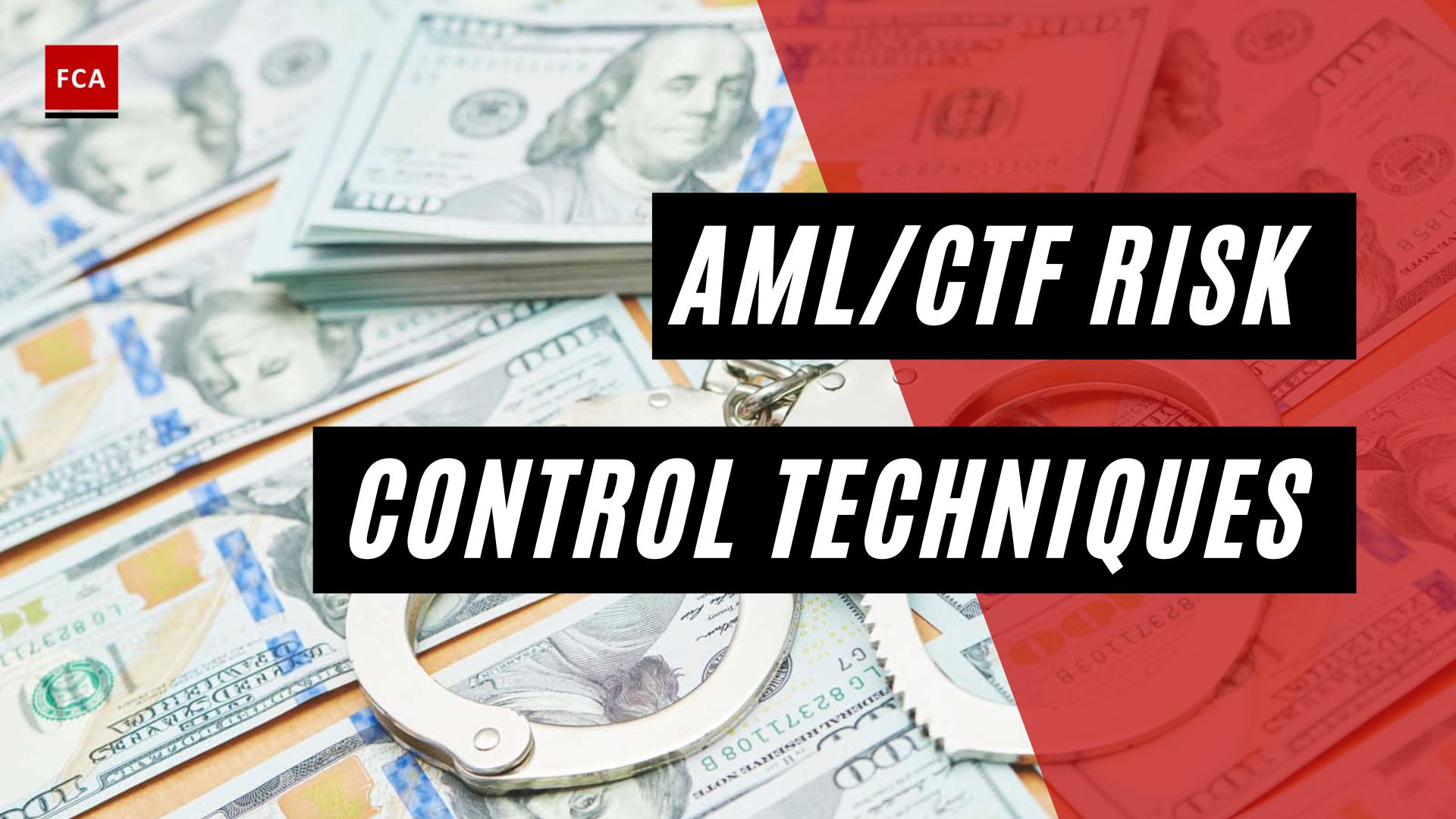Understanding Smurfing
To effectively recognize red flags in smurfing activities, it’s essential to have a clear understanding of what smurfing entails and how it differs from structuring.
Definition and Origins
Smurfing is a money laundering technique that involves the use of numerous individuals, known as “smurfs,” to funnel cash through normal financial channels. The goal is to obscure the source of the funds and evade detection by financial regulators. Smurfing transactions typically occur in small, inconspicuous quantities to avoid suspicion and flagging by anti-money laundering systems (Chargebacks911).
The term “smurfing” is derived from the small, blue cartoon characters, the Smurfs, who work collectively to achieve their goals. Smurfing originated as a response to laws and regulations requiring banks and financial institutions to report cash transactions exceeding a certain amount. These regulations were designed to prevent money laundering by creating transparency in large-scale financial transactions that could be linked to criminal activities (Flagright).
Smurfing vs. Structuring
While smurfing and structuring are both money laundering techniques involving the division of large financial transactions into smaller ones, there are distinct differences between the two.
Smurfing is considered more complex than structuring and typically involves a network of criminals working together. Smurfs are used to move illegally obtained funds into the financial system. The smurfing process consists of three stages: placement, layering, and integration, mirroring the stages of money laundering (ComplyAdvantage).
On the other hand, structuring (also known as smurfing-lite) focuses on deliberately splitting large amounts of money into smaller transactions to avoid anti-money laundering (AML) and counter-terrorism financing (CTF) regulations. Unlike smurfing, structuring does not necessarily involve a network of criminals but rather individuals attempting to evade reporting requirements by keeping transactions below the reporting threshold (ComplyAdvantage).
By understanding the definition and origins of smurfing, as well as the distinction between smurfing and structuring, professionals in compliance, risk management, anti-money laundering, and anti-financial crime can better recognize the red flags associated with smurfing activities. This knowledge is crucial for effectively combating money laundering and maintaining the integrity of the financial system.
Red Flags in Smurfing
Recognizing the red flags associated with smurfing activities is crucial for financial institutions and professionals working in compliance, risk management, anti-money laundering, and anti-financial crime. By being aware of these indicators, they can take appropriate measures to detect and prevent smurfing. The following are some common red flags in smurfing:
Unusual Transaction Patterns
One of the key red flags in smurfing is the presence of unusual transaction patterns. Smurfs often engage in transactions deliberately designed to avoid triggering reporting requirements. For instance, they may make multiple deposits of just under the $10,000 reporting threshold in cash across different bank branches to evade detection (Chargebacks911). By breaking down illicit funds into smaller amounts, they aim to obscure the source of the funds and bypass mandatory reporting requirements.
Multiple Individuals Making Deposits
Another red flag is the involvement of multiple individuals making deposits. Smurfing activities often rely on using numerous individuals to funnel cash through normal channels, making it challenging to trace the origin of the funds. By distributing the responsibility among multiple people, smurfs aim to reduce suspicion and avoid detection by anti-money laundering systems.
Spreading Transactions Over Time
Smurfing transactions are frequently spread out over time, which can further complicate detection efforts. Smurfs strategically plan their activities to create a consistent cash flow into accounts, making it appear as a routine and legitimate financial activity (Flagright). This spreading of transactions across time helps to avoid suspicion and provides a seemingly valid reason for the consistent cash inflow into accounts.
Being vigilant about these red flags is crucial for financial institutions to identify potential smurfing activities. By closely monitoring transaction patterns, detecting multiple individuals involved in deposits, and recognizing transactions spread over time, professionals can enhance their ability to detect and prevent smurfing. Implementing robust anti-money laundering measures, such as Know Your Customer (KYC) procedures and monitoring and reporting suspicious transactions, can significantly contribute to mitigating the risks associated with smurfing.
Detecting and Preventing Smurfing
To effectively combat smurfing and other money laundering activities, financial institutions and regulatory bodies are turning to technological solutions. These advanced tools leverage the power of technology to detect and prevent illicit transactions. In the fight against smurfing, three key technological solutions are commonly employed: artificial intelligence and machine learning, as well as network analytics.
Technological Solutions
Artificial Intelligence and Machine Learning
Artificial intelligence (AI) and machine learning (ML) have revolutionized the field of anti-money laundering (AML) by enabling the detection of complex patterns and anomalies in financial transactions. These technologies analyze vast amounts of data to identify irregularities that may be indicative of smurfing activities. By continuously learning from new data and refining their algorithms, AI and ML systems become increasingly effective in detecting suspicious transactions.
AI and ML algorithms can be trained to recognize red flags and indicators of money laundering in smurfing activities. They can detect patterns such as multiple individuals making deposits, spreading transactions over time, or unusual transaction patterns. These technologies also assist in identifying common money laundering techniques associated with smurfing.
Financial institutions employ AI and ML systems to monitor transactions in real-time, flagging suspicious activities for further investigation. They analyze customer behavior, transactional data, and other relevant information to identify potential smurfing activities. By utilizing these advanced technologies, institutions can stay one step ahead of money launderers.
Network Analytics
Network analytics is another crucial technological solution used to detect and prevent smurfing. This approach involves mapping connections between entities involved in financial transactions. By analyzing the relationships and transactional links, network analytics can identify hidden networks or clusters of individuals engaged in smurfing activities.
Network analytics tools enable financial institutions to identify and investigate suspicious networks or patterns of behavior. They help uncover hidden relationships between individuals or entities that may be working together to facilitate smurfing. By visualizing these connections, institutions can gain valuable insights into potential money laundering activities.
Utilizing network analytics alongside AI and ML systems enhances the effectiveness of anti-smurfing measures. These interconnected technological solutions provide a comprehensive approach to combating smurfing and other money laundering schemes.
To further strengthen anti-smurfing efforts, it is essential for financial institutions to invest in robust AML solutions that incorporate these technological advancements. These solutions employ advanced algorithms, real-time transaction monitoring, risk-based Customer Due Diligence (CDD), behavioral analytics, machine learning, watchlist screenings, and the generation of Suspicious Activity Reports (SARs). By leveraging technology and data analytics, financial institutions can fulfill their regulatory obligations and prevent illicit funds from infiltrating the financial system.
By adopting these technological solutions, financial institutions can enhance their ability to detect and prevent smurfing activities, thereby safeguarding the integrity of the financial system and protecting against money laundering risks.
Regulatory Measures and Reporting
To combat the illicit practice of smurfing, regulatory authorities have implemented various measures and reporting requirements. These measures aim to enhance transparency, increase accountability, and enable the detection and prevention of money laundering activities. In this section, we will explore reporting thresholds, customer identification programs (CIP), and suspicious activity reports (SARs).
Reporting Thresholds
Financial institutions in the United States and several other countries adhere to reporting thresholds established by regulatory bodies. Under the Bank Secrecy Act in the United States, financial institutions are required to report any transaction over $10,000, including those in foreign currencies (ComplyAdvantage). Similar reporting thresholds exist in countries such as Canada, Ireland, Australia, and Sweden.
These reporting thresholds serve as an essential tool in identifying potentially suspicious activities. By mandating the reporting of large transactions, regulatory authorities can monitor and scrutinize high-value transactions more closely, deterring smurfing and other money laundering techniques.
Customer Identification Programs (CIP)
To strengthen the fight against smurfing and money laundering, financial institutions must implement customer identification programs (CIP). The USA PATRIOT Act, for example, requires banks to establish CIPs to verify the identity of customers opening accounts. This includes obtaining and verifying identifying information, such as name, address, date of birth, and social security number (Idenfy).
CIPs play a crucial role in mitigating the risks associated with smurfing by ensuring that the financial institution has accurate and reliable information about its customers. By verifying customer identities, financial institutions can better assess the legitimacy of transactions, detect potential smurfing activities, and fulfill their obligations in combating money laundering.
Suspicious Activity Reports (SARs)
Financial institutions play a vital role in identifying and reporting suspicious activities related to smurfing. When suspicious transactions or behaviors are identified, financial institutions are required to file a suspicious activity report (SAR). SARs are instrumental in the fight against money laundering and serve as a mechanism for reporting potential illicit activities to regulatory authorities.
SARs provide a means for financial institutions to communicate their concerns about specific transactions, customers, or patterns that may indicate smurfing or other illicit activities. By filing SARs, financial institutions contribute to the collective effort to detect and prevent money laundering, allowing law enforcement agencies and regulatory bodies to take appropriate action.
Financial institutions must be diligent in monitoring customer transactions and behaviors to identify red flags and indicators of smurfing. By implementing robust Know Your Customer (KYC) procedures, monitoring and reporting suspicious transactions, and collaborating with other institutions, financial institutions contribute to the overall effort of combating smurfing and protecting the integrity of the financial system.
In the next section, we will discuss the impacts and risks associated with smurfing, highlighting the burden on financial institutions, increased costs, and the effects on regular individuals.
Impacts and Risks of Smurfing
Smurfing, a money laundering technique involving the structuring of multiple small transactions to avoid detection, poses significant risks and impacts on various stakeholders. These include financial institutions, customers, and the overall integrity of the financial system.
Burden on Financial Institutions
Financial institutions play a critical role in detecting and reporting suspicious transactions to the authorities. However, the monitoring and reporting obligations associated with smurfing can place a burden on these institutions. Compliance with anti-money laundering regulations requires significant resources, including personnel and technology, to identify and investigate potential smurfing activities. The costs associated with compliance measures and investigations may be transferred to customers through fees or reduced services. This can impact the overall operational efficiency of financial institutions.
Increased Costs and Reduced Services
The burden of compliance measures and the need for enhanced due diligence can lead to increased costs for financial institutions. These costs may arise from implementing robust anti-money laundering systems, conducting thorough customer due diligence, and training staff to recognize and report suspicious activities. To offset these costs, financial institutions may pass them on to customers in the form of higher fees or reduced services. This can affect customers, particularly those who rely on affordable financial services.
Effects on Regular Individuals
While the direct impact of smurfing is felt by financial institutions, regular individuals can also experience indirect consequences. Indiscriminate surveillance and increased scrutiny as a result of anti-money laundering efforts can create an atmosphere of distrust and unease among customers. Regular individuals may face more thorough and time-consuming identity verification processes, leading to delays in accessing financial services. Additionally, the increased costs borne by financial institutions may be passed on to customers, resulting in higher fees or reduced benefits. This can potentially limit the accessibility of financial services for certain individuals or communities.
To mitigate the impacts and risks of smurfing, financial institutions employ various measures, including robust Know Your Customer (KYC) procedures, monitoring and reporting suspicious transactions, collaboration and information sharing, and the use of technology and data analytics. By implementing these measures, financial institutions can enhance their ability to detect and prevent smurfing activities, thereby safeguarding the integrity of the financial system.
In the next section, we will explore specific measures and procedures that financial institutions can adopt to combat smurfing, including Know Your Customer (KYC) procedures, monitoring and reporting suspicious transactions, and collaboration and information sharing.
Combating Smurfing
To effectively combat smurfing and mitigate the risks associated with this money laundering technique, financial institutions and regulatory bodies employ various measures and strategies. This section explores three key approaches to combat smurfing: Know Your Customer (KYC) procedures, monitoring and reporting suspicious transactions, and collaboration and information sharing.
Know Your Customer (KYC) Procedures
Implementing robust Know Your Customer (KYC) procedures is vital in preventing and detecting smurfing activities. KYC procedures involve verifying the identity and background of customers, assessing their risk level, and gathering relevant information to establish a comprehensive customer profile. By obtaining accurate and up-to-date customer information, financial institutions can better understand their customers’ transaction patterns and identify any suspicious or unusual behavior.
KYC procedures should include comprehensive due diligence measures, such as verifying customer identities through reliable documents, conducting risk assessments, and ongoing monitoring of customer transactions. By adhering to effective KYC protocols, financial institutions can establish a strong foundation for combating smurfing and other money laundering activities.
Monitoring and Reporting Suspicious Transactions
To detect and deter smurfing, financial institutions should implement robust systems for monitoring and reporting suspicious transactions. This involves utilizing transaction monitoring tools and technologies to identify unusual patterns, such as frequent deposits and withdrawals, transactions just below reporting thresholds, and sudden spikes in transaction volumes.
When potential smurfing activities are identified, financial institutions have a legal obligation to report these suspicious transactions to the appropriate regulatory authorities. This reporting process often involves filing Suspicious Activity Reports (SARs) to alert the authorities of possible money laundering activities. By promptly reporting suspicious transactions, financial institutions contribute to the collective efforts in combating smurfing and other illicit financial activities.
Collaboration and Information Sharing
Collaboration and information sharing among financial institutions, regulatory bodies, and law enforcement agencies play a crucial role in combating smurfing effectively. By sharing information on emerging smurfing trends, suspicious individuals, and related intelligence, stakeholders can enhance their ability to detect and prevent smurfing activities.
Collaboration efforts can take the form of public-private partnerships, industry forums, and sharing platforms that facilitate the exchange of information and best practices. The collective knowledge and expertise gained from collaboration enable financial institutions to stay ahead of evolving smurfing techniques and adapt their detection and prevention strategies accordingly.
Furthermore, financial institutions can leverage advanced technologies and data analytics to identify interconnected networks of smurfing activities. Network analytics tools can help uncover hidden connections and relationships between individuals, accounts, and transactions, aiding in the detection and prevention of smurfing schemes.
By combining robust KYC procedures, effective monitoring and reporting systems, and collaborative information sharing, the fight against smurfing can be strengthened. Financial institutions, regulatory bodies, and law enforcement agencies must continue to work together to stay vigilant and combat smurfing, protecting the integrity of the financial system and preventing illicit funds from being laundered through this deceptive technique.
Red Flags for Smurfing in Tax Fraud
When it comes to tax fraud, smurfing is a technique often utilized to evade detection and underreport income. Understanding the red flags associated with smurfing-related tax fraud is crucial for detecting and preventing such illicit activities. Here are some key indicators to look out for:
Underreporting Income
Underreporting income is a common tactic used in smurfing-related tax fraud. Individuals involved in this scheme break down large sums of money into smaller, less noticeable deposits to avoid triggering suspicion from financial institutions and tax authorities. By intentionally concealing income, they aim to reduce their tax liability and evade taxes (Faster Capital).
Offshore Tax Evasion
Smurfing also plays a significant role in offshore tax evasion. This involves using intermediaries and complex networks of accounts to move funds across multiple jurisdictions, making it difficult for tax authorities to trace the origin of the funds. Offshore tax evasion through smurfing enables individuals to hide income and assets, evading tax obligations in their home country (Faster Capital).
Tips for Identifying Smurfing-Related Tax Fraud
Detecting smurfing-related tax fraud requires vigilance and attention to detail. Here are some tips to help identify potential instances:
-
Monitoring frequent cash deposits just below reporting thresholds: Individuals engaging in smurfing may deliberately deposit cash amounts just below the reporting threshold to avoid scrutiny. Keeping an eye on frequent deposits close to these thresholds can help identify possible smurfing activities.
-
Tracking unusual patterns of small cash deposits: Unusual patterns of small cash deposits, especially when made in round figures, could indicate attempts to hide income through smurfing. Monitoring and analyzing these patterns can help identify potential instances of tax fraud.
-
Paying attention to multiple deposits made by different individuals into the same account: Smurfing often involves multiple individuals making deposits into the same account to further obscure the trail of funds. Identifying multiple deposits made by different individuals into a single account can raise suspicion and warrant further investigation.
By being aware of these red flags and implementing robust monitoring and reporting mechanisms, financial institutions and tax authorities can enhance their ability to detect and prevent smurfing-related tax fraud. Collaboration between regulatory bodies, financial institutions, and law enforcement agencies is essential in combating these illicit activities. For a more comprehensive understanding of red flags in money laundering and other financial crimes, refer to our article on red flags of money laundering.









